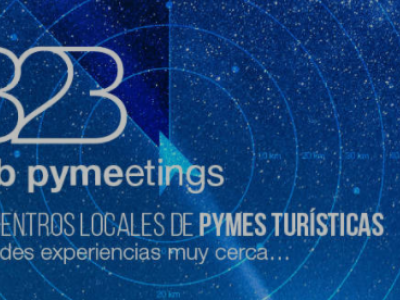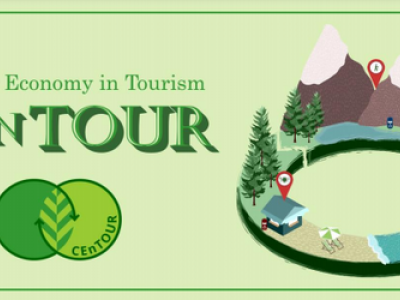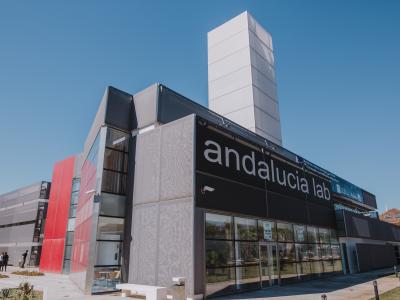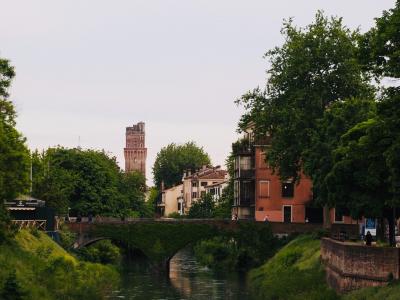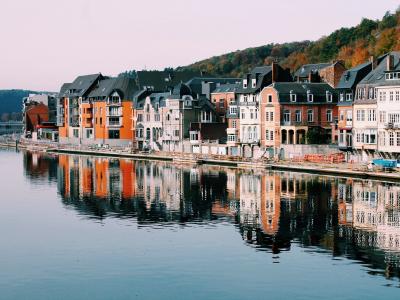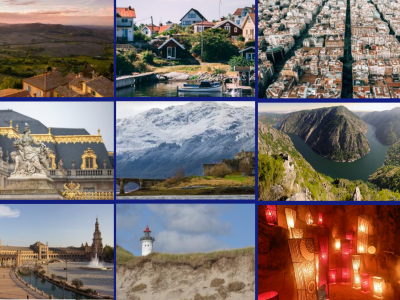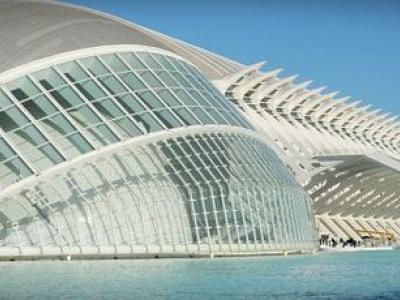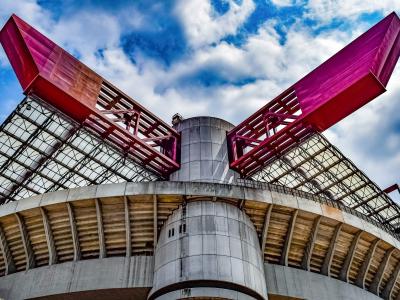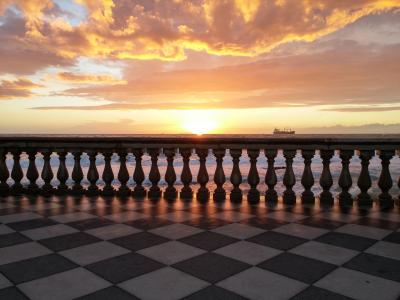Good Practices
We collect, categorise and share Good Practice on Competitive and Sustainable Tourism among our Member Regions, since 2009.
B2B pymeetings: A new service to support Andalusian tourist SMEs
Andalusia launches a new service to connect local small and medium tourist enterprises, enabling them to work together to alleviate the effects of the pandemic.
With the motto “Get to know new experiences today, sell them tomorrow”, this initiative aims to connect SMEs offering services with those who are about to sell them.
CEnTOUR Project: The FAICC's way to develop Circular Economy in Tourism
Our members of the Forum of the Adriatic and Ionian Chambers of Commerce (FAICC) are partner of CEnTOUR, a new COSME Project boosting sustainable tourism development and capacity of tourism SMEs through transnational cooperation and knowledge transfer.
A decision-enhancement tool by VisitScotland in response to Covid19 crisis
VisitScotland plans to use data to predict future tourism demand and capacity through the development of a decision-enhancement tool.
This tool will enable the organisation to identify and anticipate tourism infrastructure needs, in order to prioritise opportunities for investment in Scotland’s tourism infrastructure.
YouFlanders Mobile App Response to Covid19 crisis
YouFlanders Mobile App has the objective of giving the visitor the right instruments to visit the region during the pandemic by helping them identify alternative tourism experiences.
The app is not only aimed at visitors, it is also a tool to help local businesses get information and to develop their activities accordingly.
The Andalucía Lab Response to Covid19 crisis
Digitalization and Technology for Travel SMEs and Destinations
The Andalucia Lab is a department of the Andalusian Tourism Board that aims to build competitive and sustainable destinations by boosting the digital and tech skills of SMEs and destinations.
River Tourism: The Water Museum of Venice
The Water Museum of Venice is showcasing the heritage of water civilizations in a digital and open-air museum in Veneto and especially the Venice’s hinterlands on more than 70 sites. This good practice supported by the Veneto Region was presented at the occasion of Star Cities International Learning Session.
Wallonia Measures on Covid-19 (update 16/11/2020)
The Wallonia region has taken economic measures to support SMEs during the Covid-19 outbreak, including the tourism sector.
Balance of the Tourism Season in 2020 in NECSTouR Regions
How did this special summer go? Did the measures deploy matched the Regional expectations?
We already gathered the insights from some of the members of our network:
Balance per Region:
Balance of the Tourism Season in 2020 in Tirol
Summer Season Figures:
- Before the COVID-19 pandemic, Tirol was having in average 12,3 million tourists and 50 million overnights staying somehow equally distributed between winter and summer seasons.
Balance of the Tourism Season in 2020 in Valencia Region
Summer Season Figures
- The Region of Valencia had 5 consecutive years of growth in all the main tourism indicators, both economic (tourism GDP, contribution to tax collection, number of tourist arrivals and distribution throughout the year, increase of the average stay and spending capacity, ...) and social (direct and indirect employment, quality of employment, ….). This until the COVID pandemic heated Europe.
Social, Web, Artificial Intelligence promote in Lombardy!
The Digital Tourism Ecosystem, established by Regione Lombardia, is a complex platform, designed to connect many different actors.
From tourists to tourism operators, from info-points to local authorities, through a set of services, provided in 5 languages.
Tuscany - SMART DESTINATION
To be a smart destination, Tuscany Region favour the digitalisation of the entire tourism chain, through financial instruments, ad hoc events and active involvement of private companies in its digital promotion campaign.
Add your best practice example!
You can add your best practice example below.
